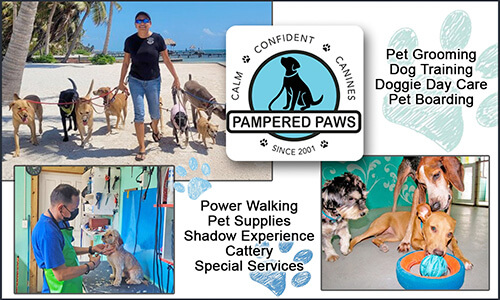The stories behind the stories of people, events, and milestones – by Maestro Angel Nuñez
In Belize City they were described as men with their opened up shirts and rolled up pants; but that was only in appearance. Their lives were notably different. The early fishermen between 1930 to 1950 were equipped with three pieces of equipment – hand lines and hooks, cast nets and seine nets.
His job commenced at 5 o’clock early morning when he paddled his dory to a good fishing site sometimes midway between the shore and the reef, the “quebrado” or channel at the reef, or any spot long the reef. There were also some great fishing sites in the lagoon or leeward side of the island especially where there were “posas” or sinkholes.
Once there, the fisherman would stick a pole in the sand or mud to fasten his canoe or to an anchor, usually a small rock. His bait would be either conch or sardines and if his luck was good, in an hour or two he would have a bucketful or rather a sackful of fish.

When he started at this job his catch would be for the family consumption but later on he would sell some to families of non-fishing San Pedranos, like those engaged in the coconut industry. Shads, grunts, jacks sold for three cents, snappers and groupers for five cents, and mullets and bonefish for ten cents. Of course a sale of one dollar would have been a whopping success.
The next phase of his job was with a cast net, which most San Pedrano fishermen knitted themselves. Armed with his cast net he walked all along the beach trying to spot a school of fish tailing as they fed on the shallow grass near the beach. Mullets, bonefish, snook were a popular prey. When he spotted a school of fish, he maneuvered like a sly cat trying to surprise his prey. At 10 to 15 feet away he would cast. And listen to this, most fishermen were not as proud of a big catch as they were of casting a perfectly circular net. You know that boastful look of a fisherman who felt like a professional. And while he was there looking for fish to eat, he would also make his catch of sardines for the next day trip to the reef or “quebrado” with his hook, line and sinker.
– photos by Kay Scott

As the population grew on the island, so did the demand for fish. The San Pedrano fisherman then had the need for more produce that would be sold in the local market. And don’t you ever believe that the market was a specialized building. The market was a table right on the beach or a short jetty in the lagoon. Those dedicated to this new industry also had the need for higher sales, so they commenced to take their produce to the Corozal Town and Belize City markets.
To enable larger catches, the fishermen utilized the seine nets. These were long 100 or even 200-foot nets with lead sinkers and cork floats. Whenever the fishermen would spot a large school of bone fish, mullets, jacks, small barracuda, snapper, shad, or even permit he would deploy his seine and make a large catch filling up his dory on any lucky day This catch was cleaned, corned, and then put to sun dry for preservation. Once he had a sizeable load of fish, it was trip time to Belize City or Corozal Town. A trip to the city was something that was celebrated and a bonanza for the family and village. To make a comparison, a trip to the City back then was like a trip to Miami today.
Ah, one more thing! Once the fisherman had made a smashing sale of corned fish, he invested some of his money on vegetables and brought back plantains, tomatoes and seasonal fruits like mangoes, oranges, custard apples, pineapples. This bonanza allowed him to make a double sale, so you all can appreciate what a great event this turned out to be – a trip to the city. Such was life of the early fishermen on this island. Waiting to see a street, plaza, park, or something significant named in their honor. –











